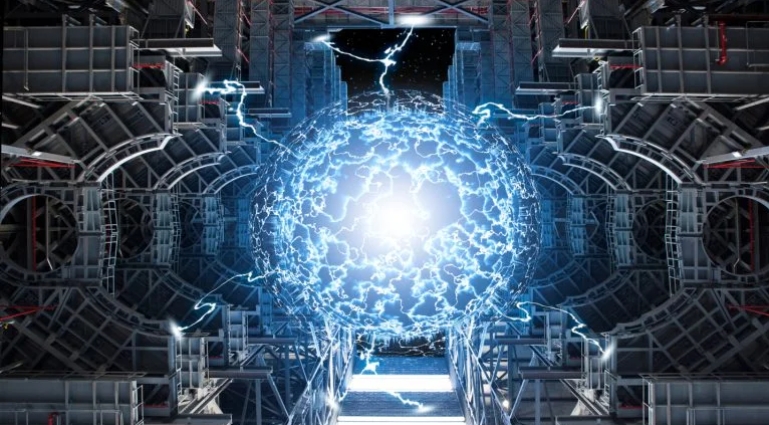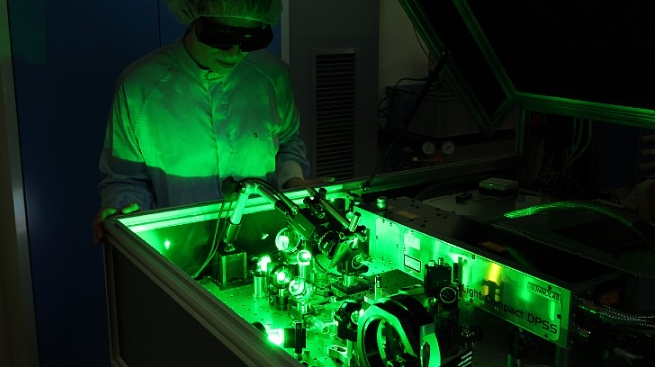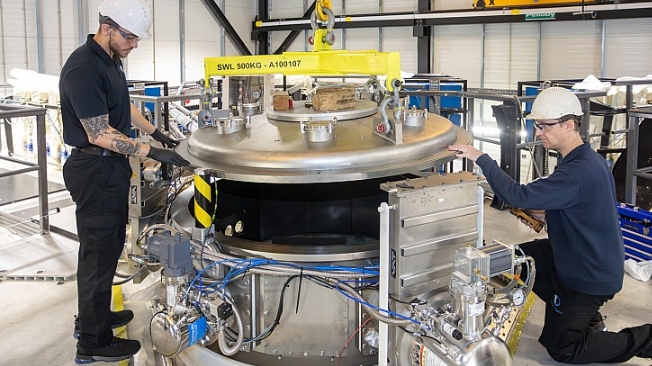
The US Department of Energy (DOE) in its latest two-yearly review on the status of the smart grid system nationally reports that the electric grid has evolved considerably over the past 10 years.
But the accelerated deployment over the past five years in renewable energy resources and the emergence of technologies such as electric vehicles and grid-interactive buildings, are introducing significant complexity and uncertainty to grid planners and operators.
Due to the changing resource mix and industry composition, the electric grid must now evolve to a new operating structure with advanced functional capabilities to manage variable power output, fluctuating and unpredictable load patterns and bidirectional power flow, as well as enable novel grid designs, the DOE states.
It will also require effective, time dependent coordination among all participants – utilities, market operators and emerging players – to ensure the reliable operation of essential and evolving grid functions.
“Smart grid technology and strategies for deploying it are essential to address this new, evolving complexity.”
And while utilities have deployed digital devices for several decades, the transition to a more distributed and interactive system will necessitate greater levels of sophistication in the application of smart grid technology.
The report finds that in 2020, total capital spending on IT and OT digital technologies by US electric utilities was approximately $15 billion per year, out of which the largest portion, $8.3 billion was for smart grid technologies and systems. By 2026 these figures are projected to reach over $24.5 billion and $16.4 billion respectively.
Grid modernisation
The report states that grid modernisation is an essential component of an integrated planning process. Thirty-eight states and the District of Columbia have completed or are undertaking some form of grid modernisation activity that includes the deployment of smart grid technology, distributed energy resources or both.
Moreover, planning processes at the state level are evolving with regard to incorporating the application of smart grid technology and distributed energy resources into more holistic integrated plans. Five states now mandate integrated distribution plans and others are following suit.
However, a whole-systems approach to resilience planning is needed to inform smart grid investments. Strategic efforts are now required to address vulnerabilities associated with interdependencies between the electric grid and other infrastructures, the protection of critical civilian and defence functions and the improvements in resilience that novel grid configurations, such as microgrids and minigrids, might provide.
The report also highlights the needs for research and development combined with technology demonstrations focused on system integration and for managing cyber risks as key to enabling the smart grid and the transition from legacy infrastructures.
However, achieving plug-and-play interoperability will remain a challenging and long-term task due in part to decades of incremental modifications to grid systems as well as a reliance on customised, proprietary solutions provided by technology vendors.
Workforce skills
Last but not least, the composition of workforce skills needs to evolve to support new grid technologies.
After large waves of retirements over the past decade, the rate of retirement attrition is stabilising. But the skills required to plan, build, and operate the future grid effectively are changing rapidly. In particular, the pervasive application of digital technology is requiring more highly skilled workers and engineers, including system architects, data scientists, modelling and simulation experts, IT/OT cybersecurity specialists and communications and digital control engineers.
In conclusion the report states the challenges being faced are both technological and institutional in nature.
“We need to advance technological capabilities and help decision makers with methods and tools so they can craft grid modernisation strategies that deploy them in practical ways to meet future demands,” it says.
“This effort will require instituting the appropriate technology, processes and design considerations to maintain a stable, coherent and manageable grid system as it evolves, and to do so in a way that addresses the increased level of complexity and uncertainty presented by continual technological advancement, policy shifts and changing customer preferences.”







